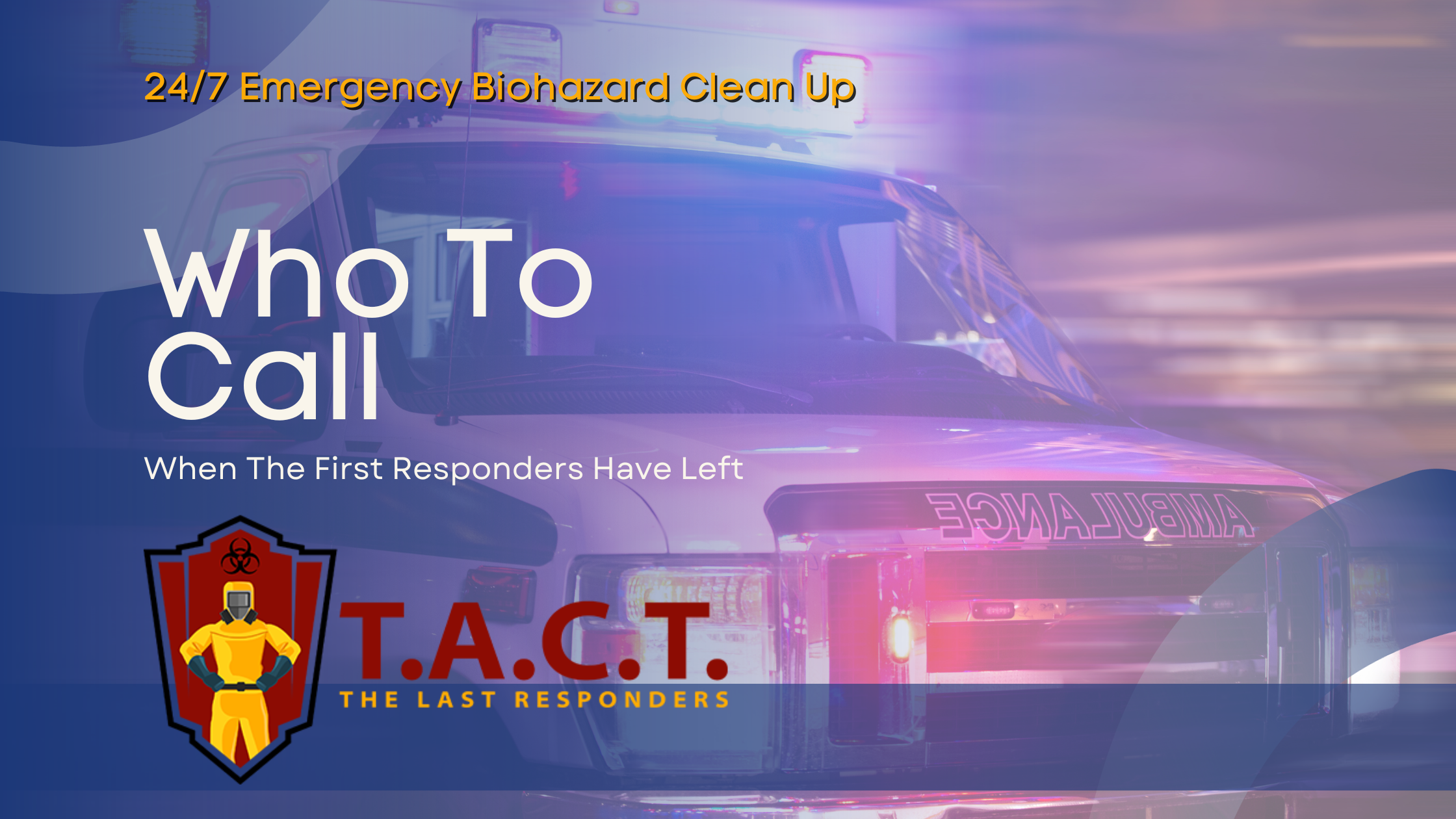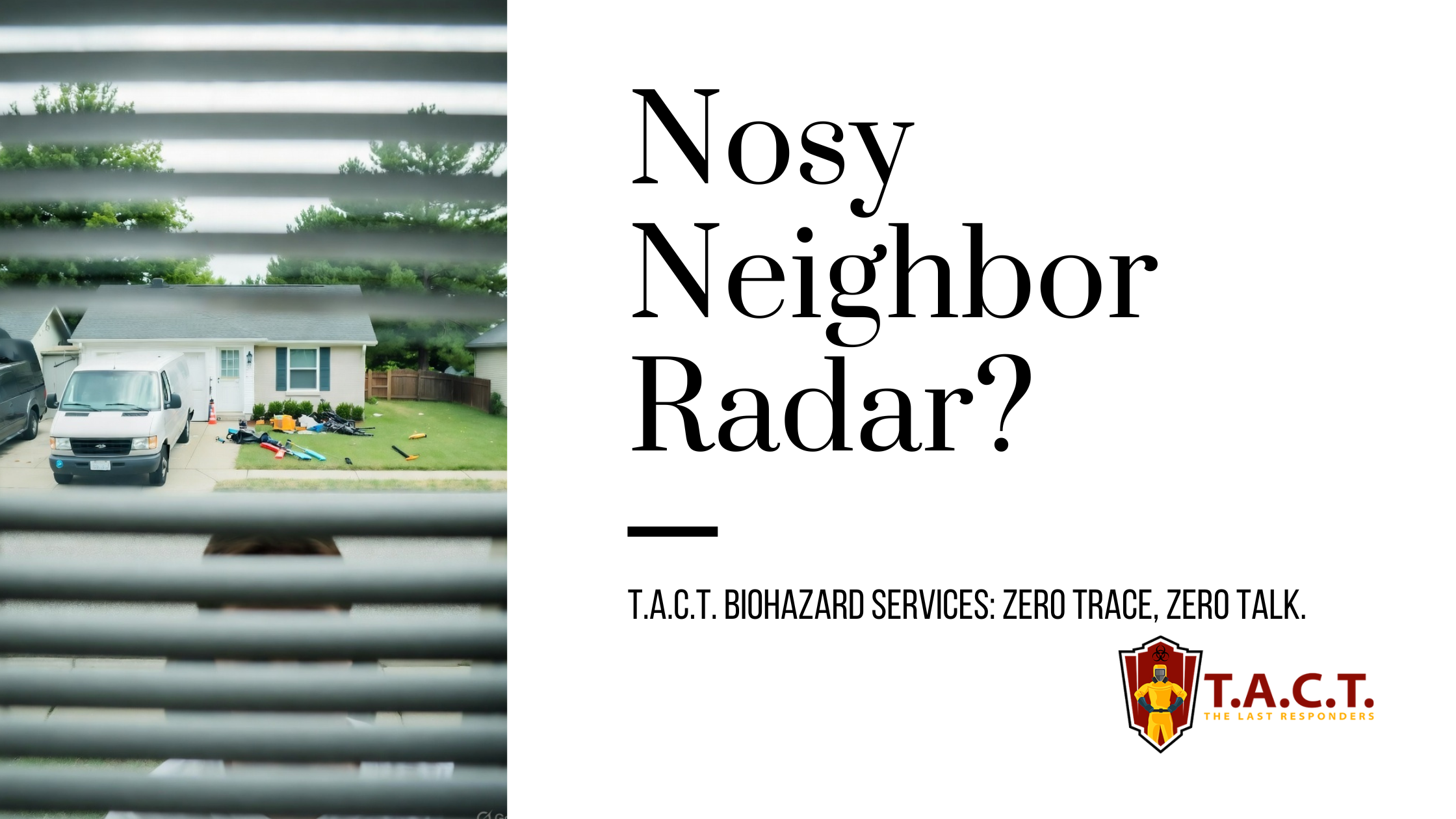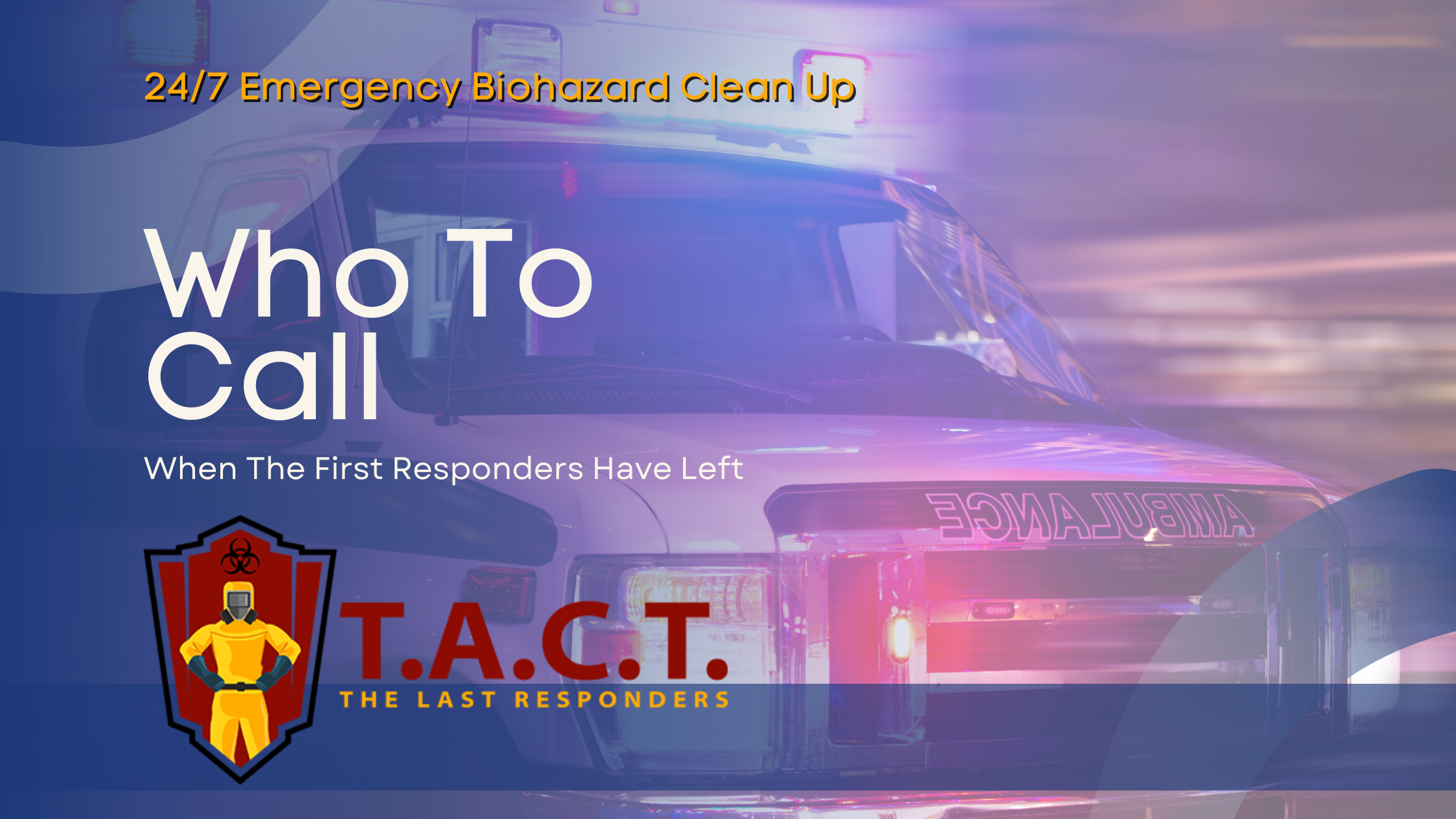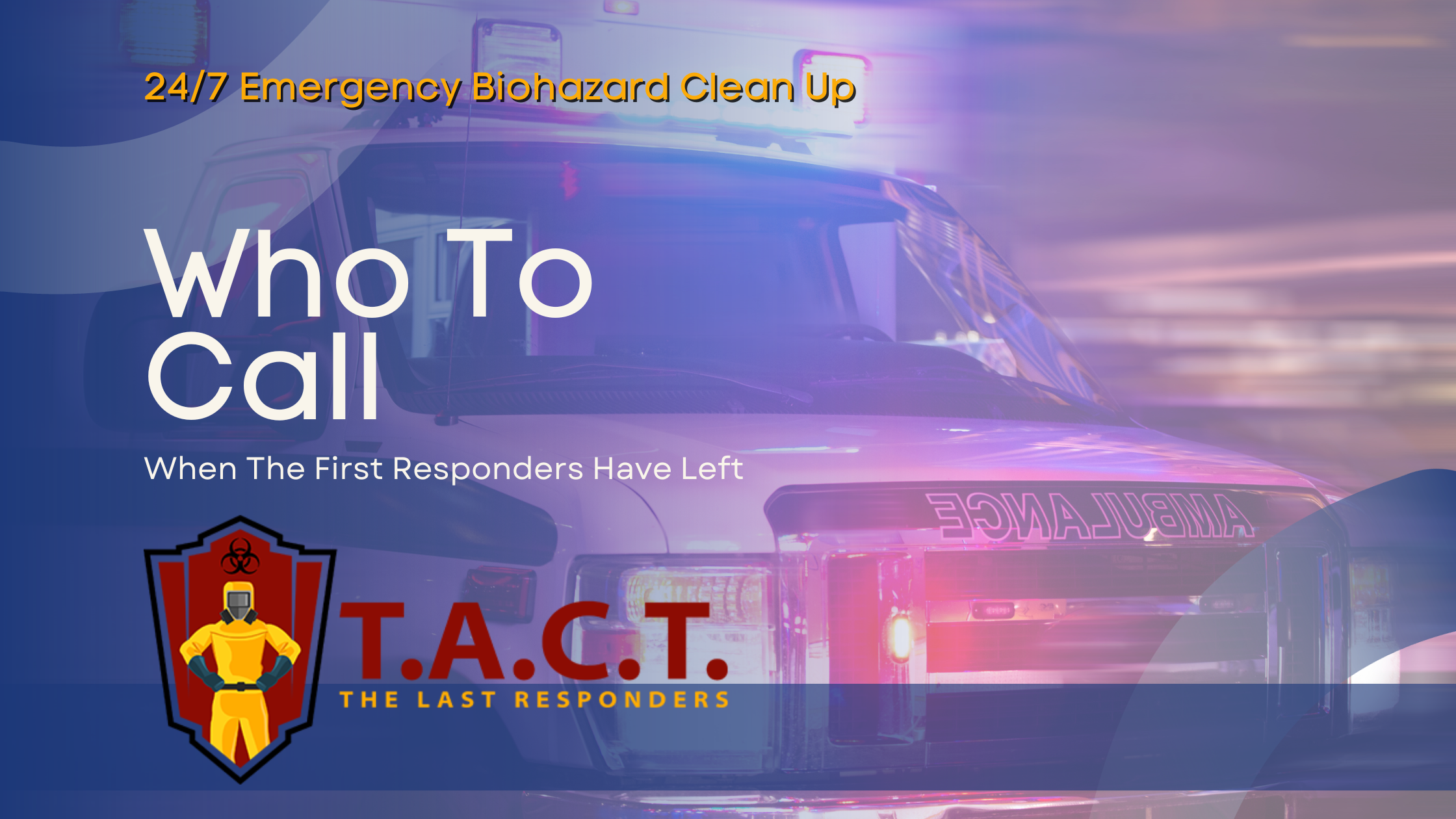How to Start a Hoarding Cleanup Business: Complete 2024 Guide

How to Start a Hoarding Cleanup Business: A Complete Guide
Starting a hoarding cleanup business presents both a meaningful opportunity to help vulnerable individuals and a chance to enter a growing niche market. Hoarding disorder affects an estimated 2-6% of the population, creating substantial demand for specialized cleanup services that go far beyond standard cleaning companies.
This comprehensive guide will walk you through every essential step of launching your hoarding cleanup business, from understanding the psychological complexities of hoarding disorder to establishing efficient operations that serve clients with compassion and professionalism. Whether you're an entrepreneur seeking a purpose-driven business opportunity or a cleaning professional looking to specialize, this roadmap will help you build a successful and sustainable venture.
The hoarding cleanup industry requires more than basic cleaning skills—it demands specialized knowledge, proper equipment, comprehensive safety protocols, and above all, the ability to work with clients facing significant emotional challenges. Success in this field comes from balancing business acumen with genuine empathy for those struggling with hoarding behaviors.
Understanding the Hoarding Cleanup Industry
The hoarding cleanup industry operates within a specialized niche that combines elements of professional cleaning, waste management, and psychological support services. Unlike standard cleaning businesses, hoarding cleanup companies must navigate complex emotional situations while addressing serious health and safety hazards.
Hoarding disorder is a recognized psychological condition characterized by persistent difficulty discarding possessions, regardless of their actual value. This leads to severely cluttered living spaces that become uninhabitable and potentially dangerous. Properties affected by hoarding often contain biohazards, structural damage, pest infestations, and fire hazards that require specialized remediation techniques.
The industry is experiencing steady growth as awareness of hoarding disorder increases and families recognize the need for professional intervention. Many clients come through referrals from social workers, healthcare providers, insurance companies, and family members who lack the expertise or emotional distance to handle cleanup themselves.
Successful hoarding cleanup businesses distinguish themselves through their understanding of the psychological aspects of hoarding, their ability to work compassionately with distressed clients, and their expertise in safely removing and disposing of accumulated items while preserving belongings of genuine value or sentimental importance.
Developing Your Business Plan
A comprehensive business plan serves as your roadmap to success and is essential for securing financing, obtaining proper licensing, and making informed operational decisions. Your plan should clearly define your target market, service offerings, pricing strategy, and competitive advantages.
Start by conducting thorough market research to understand your local competition and identify underserved areas. Analyze demographic data to locate communities with higher concentrations of elderly residents, as hoarding issues often become more pronounced with age. Research insurance companies, social service agencies, and healthcare providers that might serve as referral sources.
Your business plan should outline specific services you'll offer beyond basic cleanup, such as contents evaluation, organizing assistance, ongoing maintenance services, or coordination with mental health professionals. Consider whether you'll specialize in residential properties, commercial spaces, or both.
Financial projections must account for the unique aspects of hoarding cleanup work, including longer project timelines, higher disposal costs, and the need for specialized equipment. Factor in potential revenue streams from insurance claims, direct pay clients, and partnerships with property management companies or estate sale professionals.
Include detailed operational procedures in your plan, covering everything from initial client consultation through project completion and follow-up services. This documentation will prove invaluable as you train employees and maintain consistent service quality.
Financial Planning and Startup Costs
Launching a hoarding cleanup business requires significant upfront investment in specialized equipment, insurance coverage, and initial marketing efforts. Startup costs typically range from $10,000 to $50,000, depending on the scale of your initial operations and geographic market.
Equipment expenses include personal protective equipment for your team, industrial-grade cleaning supplies, air scrubbers, moisture detection devices, and potentially a cargo van or truck for transporting materials. You'll also need basic business equipment such as tablets or smartphones for documentation, digital cameras for before-and-after photos, and project management software.
Insurance costs represent a major ongoing expense but are absolutely critical for protecting your business. You'll need general liability insurance, professional liability coverage, workers' compensation insurance, and potentially bonding for your employees. Some insurance companies specialize in coverage for bioremediation and restoration contractors.
Develop a realistic pricing strategy that reflects the specialized nature of your services while remaining competitive. Many hoarding cleanup projects are billed by the hour with additional charges for disposal fees, specialized cleaning products, and equipment usage. Research what competitors charge and consider offering package deals for comprehensive cleanups.
Plan for irregular cash flow, as hoarding cleanup projects can vary significantly in size and duration. Some jobs may be completed in a single day, while others might require weeks of work. Establish relationships with financing companies that work with clients whose insurance doesn't cover cleanup costs.
Licensing, Permits, and Legal Requirements
Operating a hoarding cleanup business requires compliance with multiple layers of regulation at federal, state, and local levels. Start by obtaining your basic business license and registering your company name with appropriate state authorities.
Waste disposal permits are particularly important, as hoarding cleanup generates substantial amounts of debris that must be properly categorized and disposed of according to environmental regulations. Some materials may be classified as hazardous waste, requiring special handling procedures and disposal at approved facilities.
Research whether your state requires specific licensing for bioremediation or restoration contractors. Some jurisdictions mandate specialized training or certification before companies can handle properties contaminated with biological materials, mold, or other hazardous substances.
Consider obtaining voluntary certifications from industry organizations such as the Institute of Inspection, Cleaning and Restoration Certification (IICRC) or the American Bio-Recovery Association (ABRA). These credentials demonstrate your commitment to professional standards and can help differentiate your business from competitors.
Ensure compliance with Occupational Safety and Health Administration (OSHA) requirements for employee safety, particularly regarding exposure to biological hazards, airborne contaminants, and potentially dangerous structural conditions. Develop written safety protocols and provide regular training to all team members.
Building and Training Your Team
Assembling the right team is crucial for success in the hoarding cleanup industry. Look for individuals who combine physical capability with emotional maturity and genuine compassion for clients facing difficult circumstances. Previous experience in cleaning, restoration, or healthcare can be valuable, but the right attitude and trainability are often more important than specific technical skills.
Implement comprehensive training programs that cover both technical aspects of cleanup work and the psychological dimensions of working with hoarding clients. Team members must understand how to interact respectfully with individuals who may be defensive, embarrassed, or overwhelmed by the cleanup process.
Technical training should include proper use of personal protective equipment, identification of potential hazards, safe handling of contaminated materials, and basic principles of infection control. Employees must learn to recognize situations that require additional expertise, such as structural damage or hazardous material contamination.
Soft skills training is equally important, covering topics such as active listening, non-judgmental communication, maintaining client confidentiality, and recognizing signs of emotional distress. Many successful hoarding cleanup companies partner with mental health professionals to provide ongoing consultation and training support.
Establish clear protocols for team members to follow when they encounter challenging situations, such as discovering valuable items, identifying potential safety hazards, or dealing with clients who become upset during the cleanup process. Regular team meetings and debriefing sessions help maintain morale and address any concerns that arise.
Essential Equipment and Supplies
Hoarding cleanup requires specialized equipment that goes well beyond standard cleaning supplies. Personal protective equipment is your most critical investment, including full-face respirators, protective suits, heavy-duty gloves, and steel-toed boots. Never compromise on safety equipment quality, as your team will be exposed to unknown contaminants and potential hazards.
Air quality management equipment is essential for creating safe working conditions and improving indoor environments. Industrial air scrubbers, HEPA filtration units, and ozone generators help remove airborne contaminants, odors, and allergens. Moisture detection devices help identify hidden water damage that often accompanies hoarding situations.
Invest in heavy-duty cleaning supplies designed for challenging conditions, including industrial disinfectants, enzymatic cleaners for biological contamination, and odor neutralizers. You'll need various containers and bags for sorting and removing items, as well as labeling systems for organizing materials by category or destination.
Consider purchasing or leasing a box truck or cargo van for efficient transport of removed items and equipment. Many hoarding cleanup projects generate multiple truckloads of debris, and having dedicated transportation prevents delays and reduces costs.
Documentation equipment is crucial for insurance claims and client records. Digital cameras, tablets for inventory management, and project management software help you maintain detailed records of your work and communicate progress to clients and insurance adjusters.
Safety Protocols and Risk Management
Safety must be your top priority in hoarding cleanup operations, as these environments present numerous health and safety hazards including structural instability, biological contamination, chemical exposure, and fire risks. Develop comprehensive safety protocols that address each potential hazard your team might encounter.
Establish procedures for initial property assessment, including structural evaluation, air quality testing, and identification of obvious hazards such as blocked exits, unstable piles of debris, or signs of pest infestation. Never allow team members to work alone in potentially dangerous environments.
Create detailed protocols for handling different types of contamination, from simple dust and dirt to biological hazards such as human or animal waste, mold growth, or decomposing materials. Ensure all team members understand proper decontamination procedures and know when to stop work and seek additional expertise.
Implement a buddy system for all cleanup activities, maintain constant communication between team members and supervisors, and establish clear evacuation procedures for emergency situations. Provide regular safety refresher training and conduct periodic safety audits of your operations.
Develop relationships with environmental testing companies, structural engineers, and other specialists who can provide expert consultation when you encounter situations beyond your team's expertise. Knowing when to refer clients to other professionals protects both your business and your clients' safety.
Marketing Your Hoarding Cleanup Services
Marketing a hoarding cleanup business requires sensitivity and professionalism, as you're reaching out to individuals and families dealing with difficult and often embarrassing situations. Focus on building trust and demonstrating your understanding of the challenges your clients face.
Develop educational content that helps potential clients understand hoarding disorder and the cleanup process. Blog posts, videos, and downloadable guides can position your business as a knowledgeable and compassionate resource while improving your search engine visibility for relevant keywords.
Build relationships with referral sources such as social workers, mental health professionals, estate attorneys, insurance adjusters, and healthcare providers. These professionals often encounter families who need hoarding cleanup services but may not know where to turn for help.
Consider partnering with complementary service providers such as organizing professionals, estate sale companies, donation centers, and mental health counselors. These partnerships can provide mutual referrals and help you offer more comprehensive solutions to your clients.
Online presence is crucial, but approach it thoughtfully. Your website should emphasize discretion, professionalism, and compassion while clearly explaining your services and qualifications. Client testimonials can be powerful marketing tools, but always obtain proper permission and consider anonymizing details to protect privacy.
Building Strong Client Relationships
Success in the hoarding cleanup industry depends heavily on your ability to build trust with clients who are often dealing with shame, anxiety, and overwhelming emotions. Approach each client interaction with empathy, patience, and respect for their dignity and autonomy.
Offer free initial consultations that allow you to assess the scope of work while giving clients an opportunity to feel comfortable with your team. Use this time to listen carefully to their concerns, explain your process clearly, and address any questions or fears they may have about the cleanup.
Maintain clear communication throughout the project, providing regular updates on progress and always asking for client input before disposing of items that might have value or sentimental importance. Respect clients' decision-making timeline and avoid pressuring them to make quick decisions about their belongings.
Develop protocols for handling valuable items, important documents, and sentimental objects that clients want to preserve. Create organized systems for presenting these items to clients for review and provide secure storage solutions when needed.
Follow up with clients after project completion to ensure their satisfaction and offer ongoing support services. Many clients benefit from periodic maintenance visits or connections to organizing professionals who can help them maintain their newly cleaned spaces.
Efficient Operations Management
Streamlined operations are essential for maintaining profitability while delivering high-quality service in the emotionally demanding field of hoarding cleanup. Develop standardized procedures for every aspect of your business, from initial client contact through final project documentation.
Implement project management systems that help you track multiple jobs simultaneously, manage team schedules, and monitor project costs. Digital tools can help you maintain detailed records, generate reports for insurance claims, and communicate effectively with clients and team members.
Establish efficient workflows for common tasks such as sorting items by category, coordinating disposal services, and documenting project progress. Train your team to work systematically while remaining flexible enough to adapt to each client's unique needs and preferences.
Develop relationships with disposal facilities, recycling centers, and donation organizations to ensure you have reliable outlets for the various materials you'll encounter. Negotiate favorable rates for regular service and establish backup options for times when your primary providers are unavailable.
Create templates for common business documents such as contracts, insurance forms, and project reports. Standardized paperwork saves time and ensures consistency in your client communications and record-keeping.
Expanding Your Service Offerings
As your hoarding cleanup business grows, consider expanding your service offerings to better serve your clients and increase revenue opportunities. Many clients benefit from additional services that complement the basic cleanup process.
Organization services can help clients maintain their newly cleaned spaces by implementing systems for managing belongings and preventing re-accumulation. Partner with professional organizers or train your existing team in basic organizing principles.
Ongoing maintenance services provide regular check-ins and light cleaning to help clients maintain progress and prevent relapse into hoarding behaviors. These services create recurring revenue while providing valuable support to clients who may struggle with long-term maintenance.
Estate cleanout services can be a natural extension of your hoarding cleanup expertise, as many of the skills and procedures overlap. Marketing to estate attorneys, executors, and family members dealing with inherited properties can provide additional revenue streams.
Consider offering consulting services to other businesses, property managers, or social service agencies who encounter hoarding situations but lack the expertise to address them properly. Your knowledge and experience have value beyond direct service provision.
Planning for Growth and Expansion
Successful hoarding cleanup businesses often have opportunities for geographic expansion or service diversification as they build their reputation and expertise. Plan for growth carefully to ensure you can maintain service quality while scaling your operations.
Document your successful procedures and training programs so you can replicate them in new markets or with additional team members. Standardized operations make expansion more manageable and help ensure consistent service delivery across multiple locations.
Consider franchise opportunities or partnerships with existing restoration companies who want to add hoarding cleanup services to their offerings. Your expertise and proven systems may be valuable to businesses looking to enter this specialized market.
Invest in technology and systems that can scale with your business growth, such as customer relationship management software, automated scheduling systems, and digital marketing tools. Planning for scalability from the beginning prevents costly system changes later.
Build relationships with industry professionals in potential expansion markets, including mental health providers, social services agencies, and insurance adjusters. These connections can provide valuable market intelligence and referral opportunities as you grow.
Overcoming Common Challenges
The hoarding cleanup industry presents unique challenges that require careful planning and professional resilience to overcome successfully. Understanding these challenges in advance helps you develop strategies to address them effectively.
Finding and retaining qualified employees can be difficult due to the emotionally demanding nature of the work and exposure to challenging conditions. Offer competitive compensation, provide comprehensive training and support, and create a positive work environment that recognizes the valuable service your team provides.
Managing irregular cash flow requires careful financial planning and potentially establishing credit lines for operational expenses during slow periods. Diversifying your client base and service offerings can help smooth out revenue fluctuations.
Dealing with emotionally distressed clients requires patience, empathy, and sometimes professional consultation. Develop relationships with mental health professionals who can provide guidance when you encounter particularly challenging situations.
Navigating complex regulatory requirements across different jurisdictions can be overwhelming, especially as you expand your service area. Consider working with legal and regulatory consultants who specialize in environmental services and restoration industries.
Key Components of Long-Term Success
Building a successful hoarding cleanup business requires attention to several critical success factors that distinguish professional operations from well-meaning but unprepared competitors.
Maintaining high professional standards through ongoing training, industry certification, and quality assurance programs builds credibility with clients and referral sources. Invest in your team's professional development and stay current with industry best practices.
Building a strong reputation through excellent service delivery, client testimonials, and positive relationships with referral sources creates sustainable competitive advantages that are difficult for competitors to replicate.
Developing multiple revenue streams reduces dependence on any single client type or service offering while providing opportunities to better serve your existing client base through comprehensive solutions.
Staying financially healthy through careful cost management, appropriate pricing, and smart investment in equipment and technology ensures your business can weather economic downturns and take advantage of growth opportunities.
Taking the First Steps
Starting your hoarding cleanup business begins with thorough preparation and careful execution of your business plan. Begin by obtaining necessary licenses and permits while developing your safety protocols and training programs.
Secure adequate insurance coverage and establish relationships with disposal facilities, equipment suppliers, and potential referral sources. Build a basic inventory of essential equipment and supplies, focusing on safety equipment and core cleaning tools.
Develop your marketing materials and online presence, emphasizing your professional qualifications, compassionate approach, and commitment to client dignity and confidentiality. Consider starting with a small service area while you develop your procedures and build your reputation.
Network with potential referral sources and consider volunteering with local organizations that serve vulnerable populations to demonstrate your commitment to community service while building valuable professional relationships.
The hoarding cleanup industry offers the opportunity to build a profitable business while providing genuinely valuable services to individuals and families facing difficult circumstances. Success requires careful planning, professional training, and a genuine commitment to serving clients with compassion and respect. With proper preparation and dedication to excellence, your hoarding cleanup business can make a meaningful difference in your community while providing a sustainable livelihood for you and your team.
Meta data
Meta title
How to Start a Hoarding Cleanup Business: Complete 2024 Guide
Meta description
Learn how to start a profitable hoarding cleanup business. Complete guide covering licensing, equipment, training, marketing, and operations.
Latest news

Nosy neighbors peeking? T.A.C.T. North Atlanta offers discreet biohazard remediation for rodent infestations, mold, hoarding, and more. Unmarked vehicles, quiet experts, full privacy—24/7 service at 470-781-4775.
Read More

